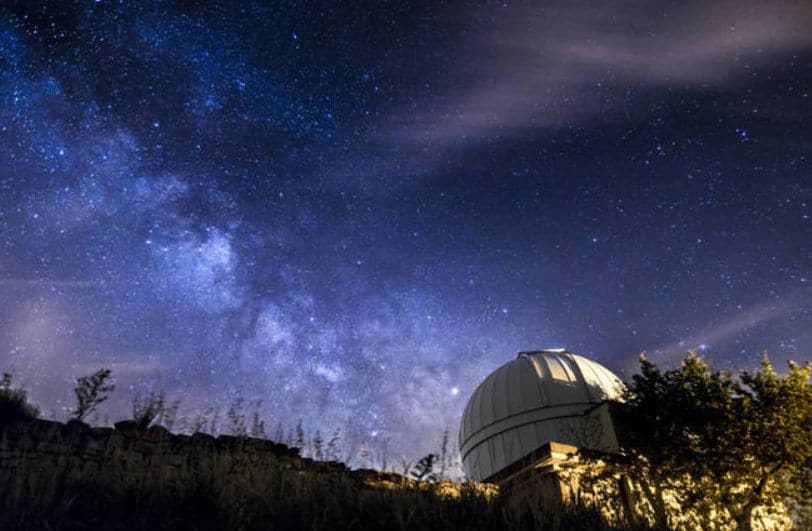The stars are less bright here because there is hardly any “atmospheric turbulence”, a phenomenon that confuses experts around the world
We have good news: Scientists have found the best place on Earth to observe the stars. But since everything in life could not be a piece of good news, there is also a bad one: it is literally next to the South Pole.
The hotspot (or cold spot, in this case) is called Dome A and is located on a plateau near central Antarctica, approximately 4 kilometres above sea level. In a new study published in the journal Nature, researchers found that conditions in Dome A are perfect for looking at the cosmos with minimal interference from Earth’s atmosphere.
Specifically, the stars above Dome A are actually dimmer than in other parts of the world, the researchers note. That is due to a phenomenon called atmospheric turbulence. Basically, when the wind blows through uneven terrains, like mountains or valleys, it creates turbulent eddies in the atmosphere that can distort the appearance of light reaching Earth from distant stars.
In their new study, Ashley and her colleagues confirmed that atmospheric turbulence is not a problem in Dome A. Here’s why: Because the plateau is completely flat hundreds of feet in all directions, slow local winds create very little airborne turbulence at low altitudes, where a telescope lens would likely be placed. The team erected a small telescope on a platform 8 meters above the ground and were able to completely avoid turbulence by stargazing in the dead of winter.
As brutal as they are, these Antarctic winters offer another advantage to stargazers in the dome. According to the researchers, polar nights can last 24 hours or more during the Antarctic winter, creating much longer windows for stargazing than anywhere else on Earth. In conclusion, the researchers noted, Dome A would be the perfect place to install a new ground-based telescope for future stellar observations.
Other places
Of course, Antarctica is not the only grade A place for stargazing. The space telescopes like the Hubble Space Telescope NASA have the luxury of floating high above the turbulent atmosphere, allowing astronomers to capture some truly stunning images of the cosmos. However, a ground-based observatory on Dome A would have some practical advantages over Hubble.
“Satellites are much more expensive, we are talking about factors of 10 to 100 times the cost of ground-based telescopes,” Ashley said. “But another advantage of making observations from Earth is that you can always add the latest technology to your telescope on the ground. So you end up with space lagging behind technology on the ground 10 years or more.”
So while Dome A is probably not the most practical destination for your next date night, it could help astronomers keep their rendezvous with the cosmos for years to come, although they may need to bring a space heater.
